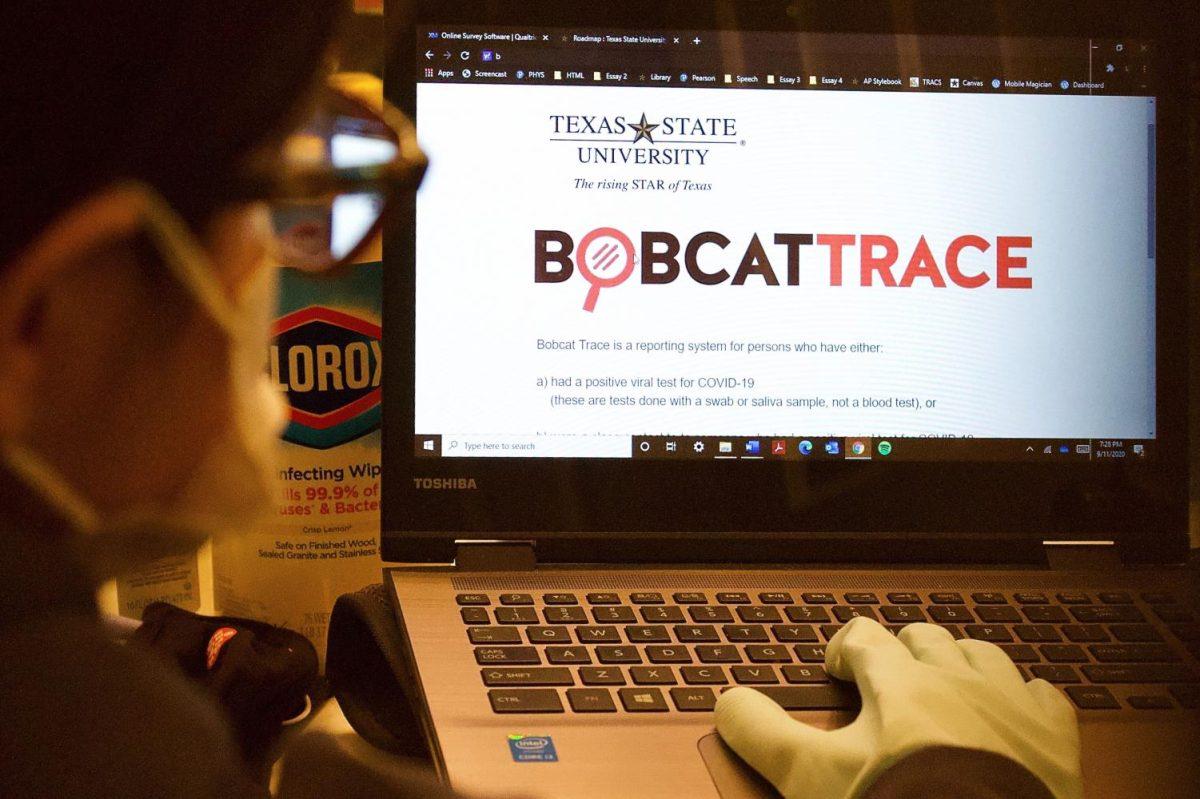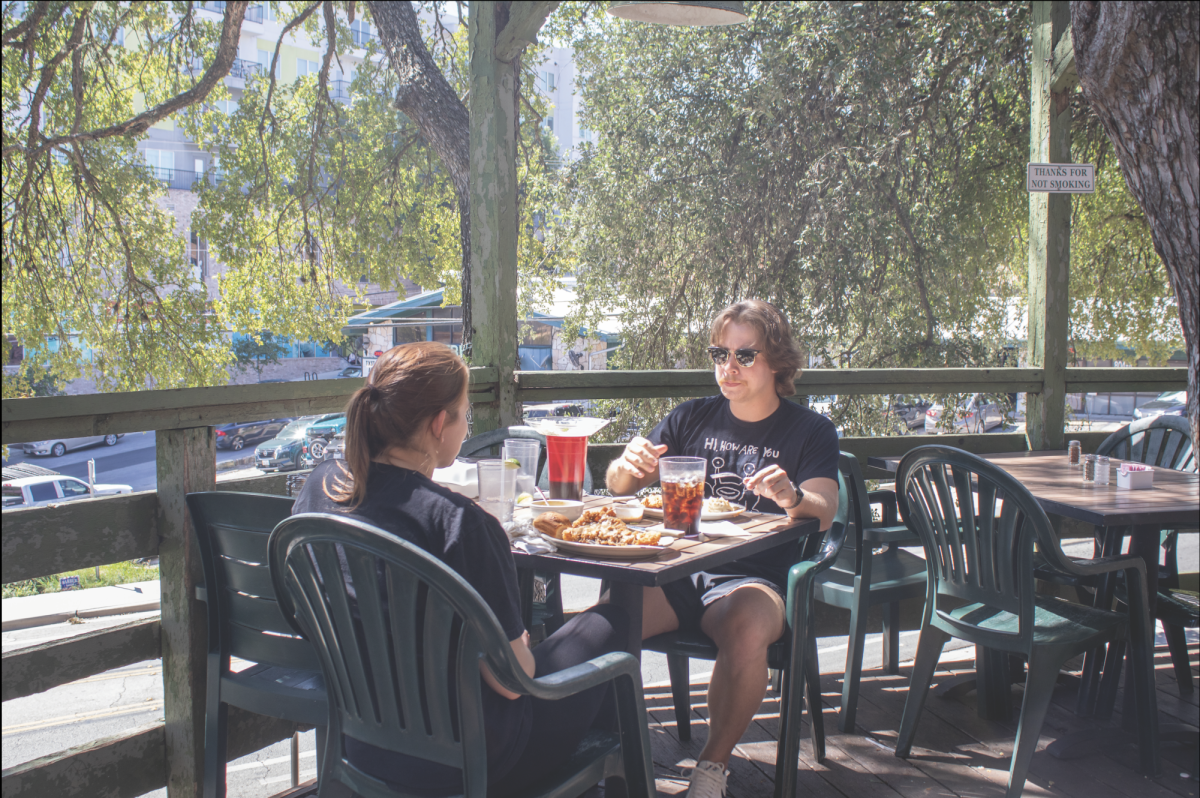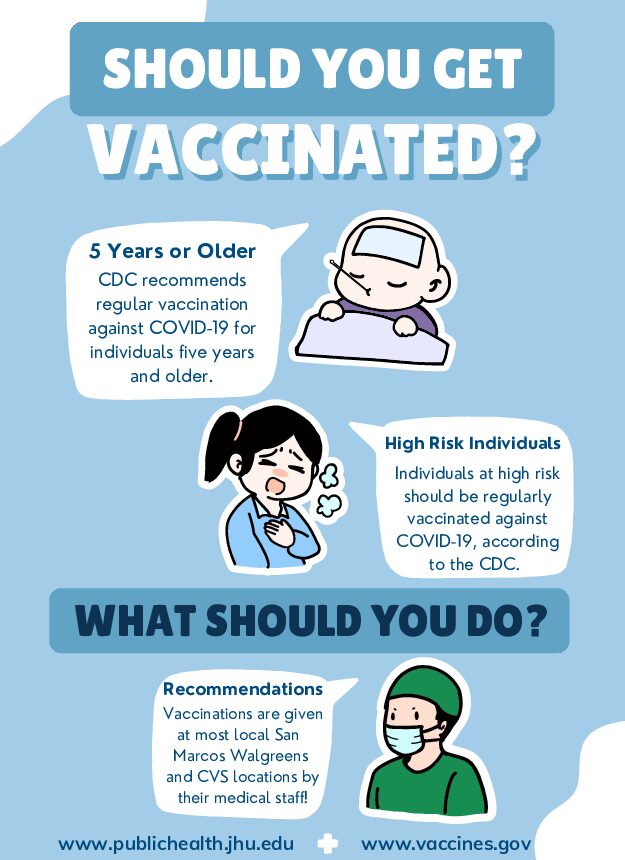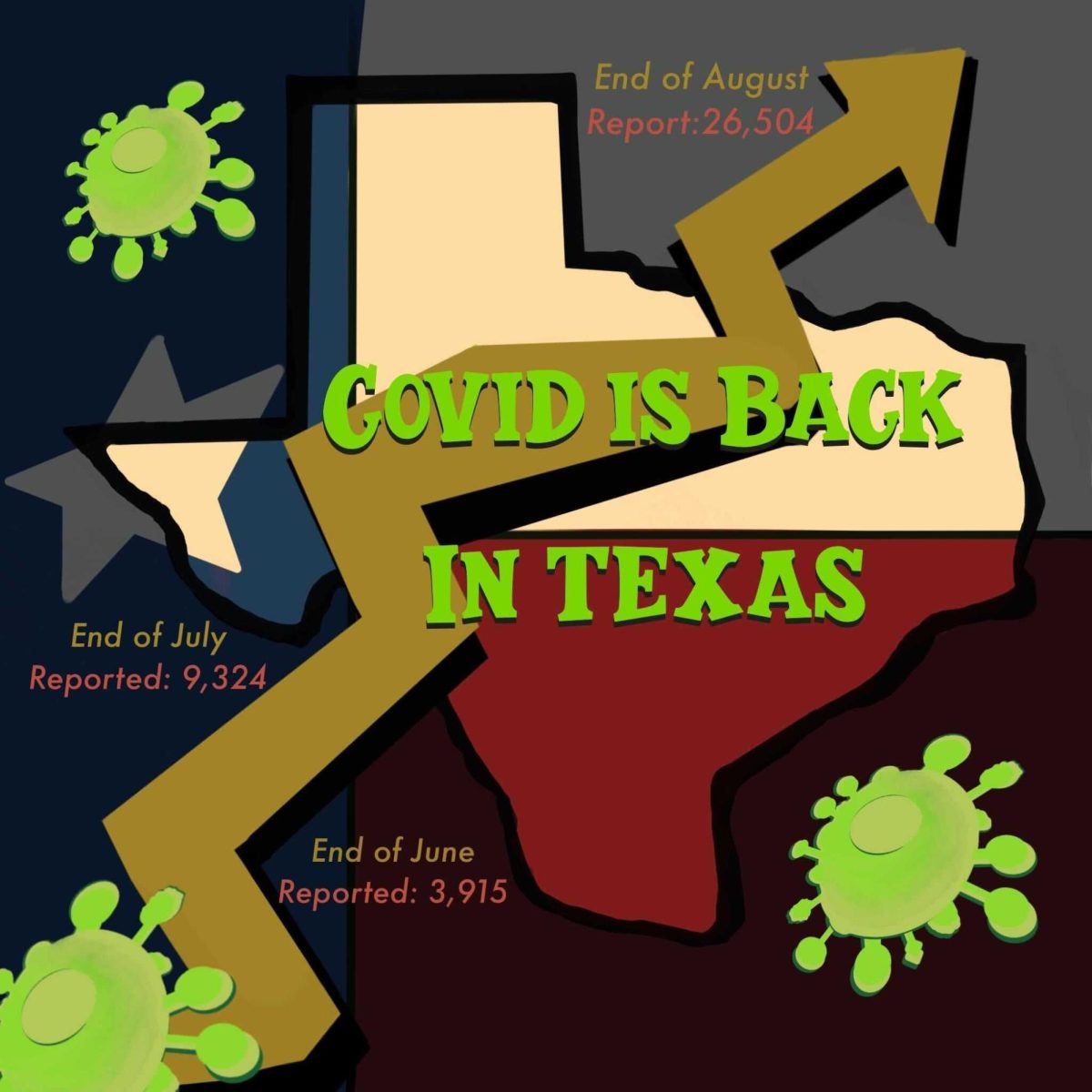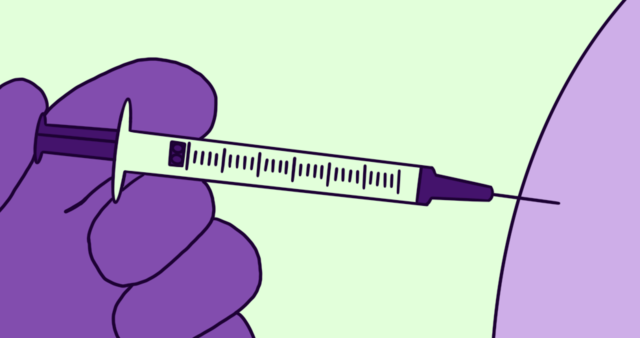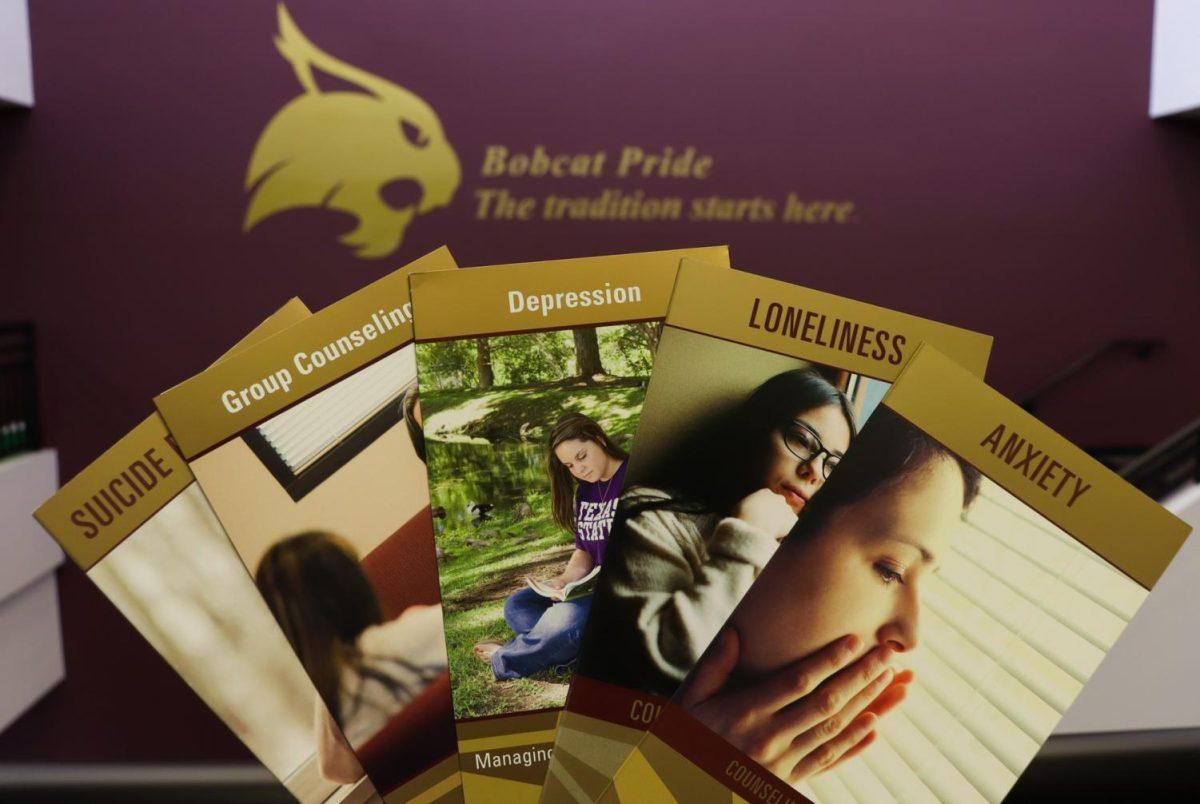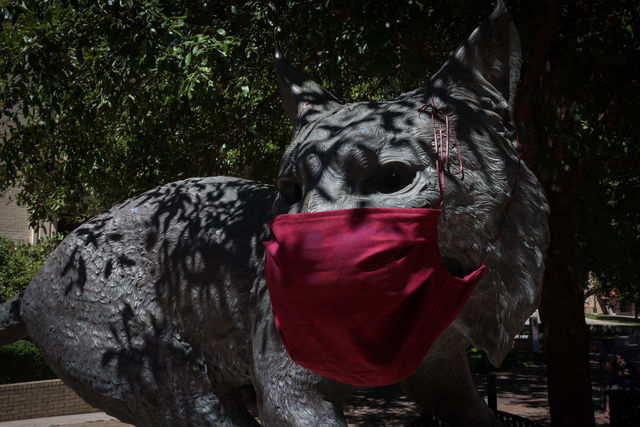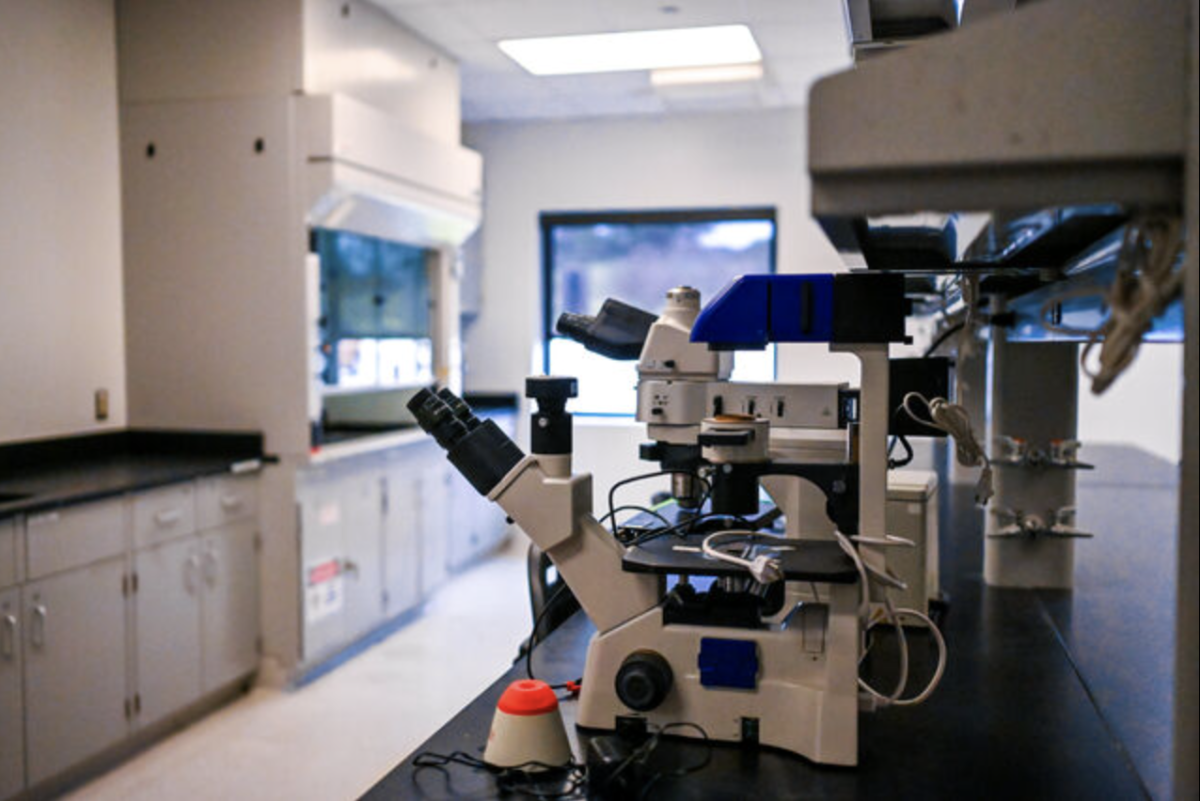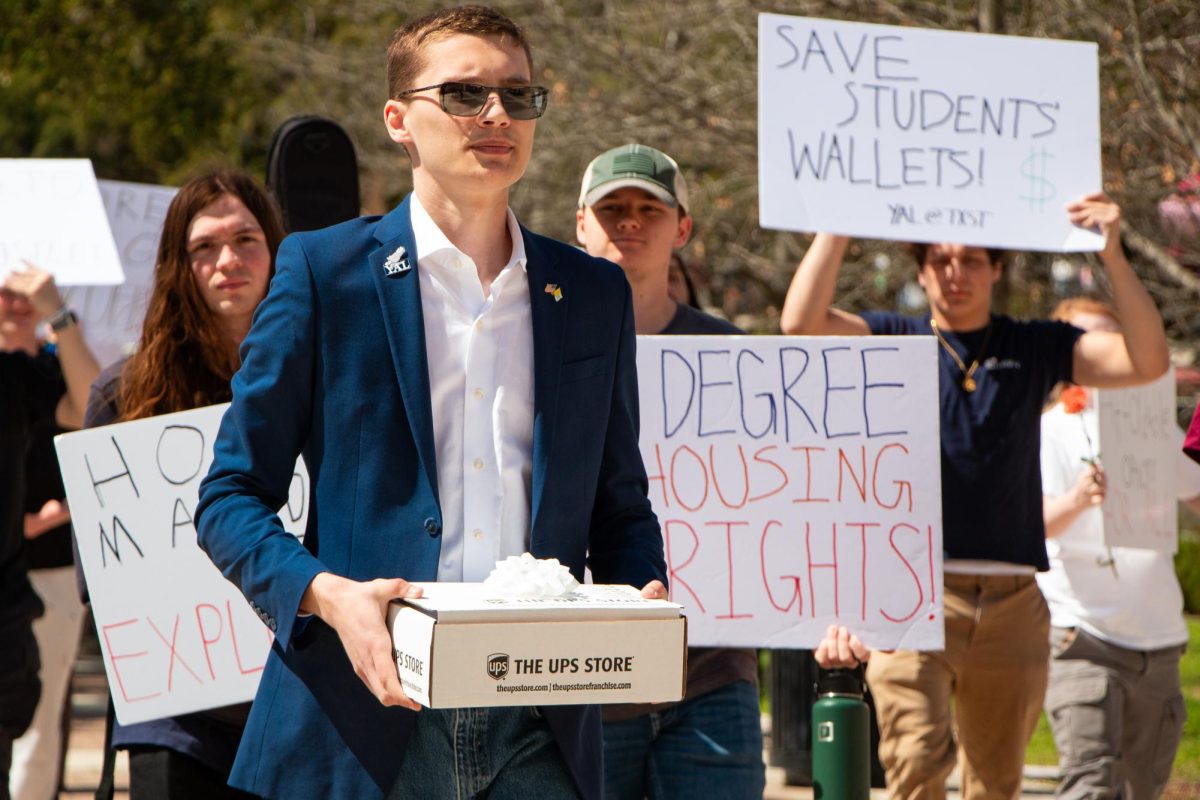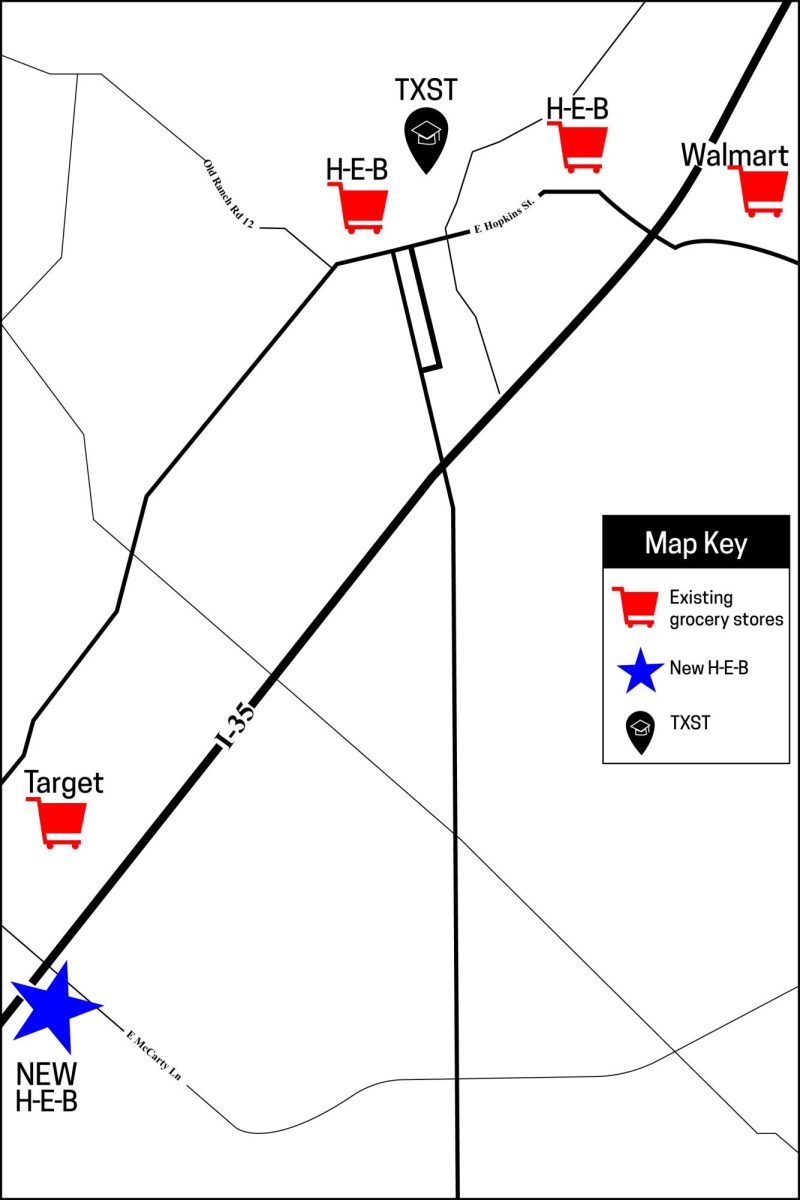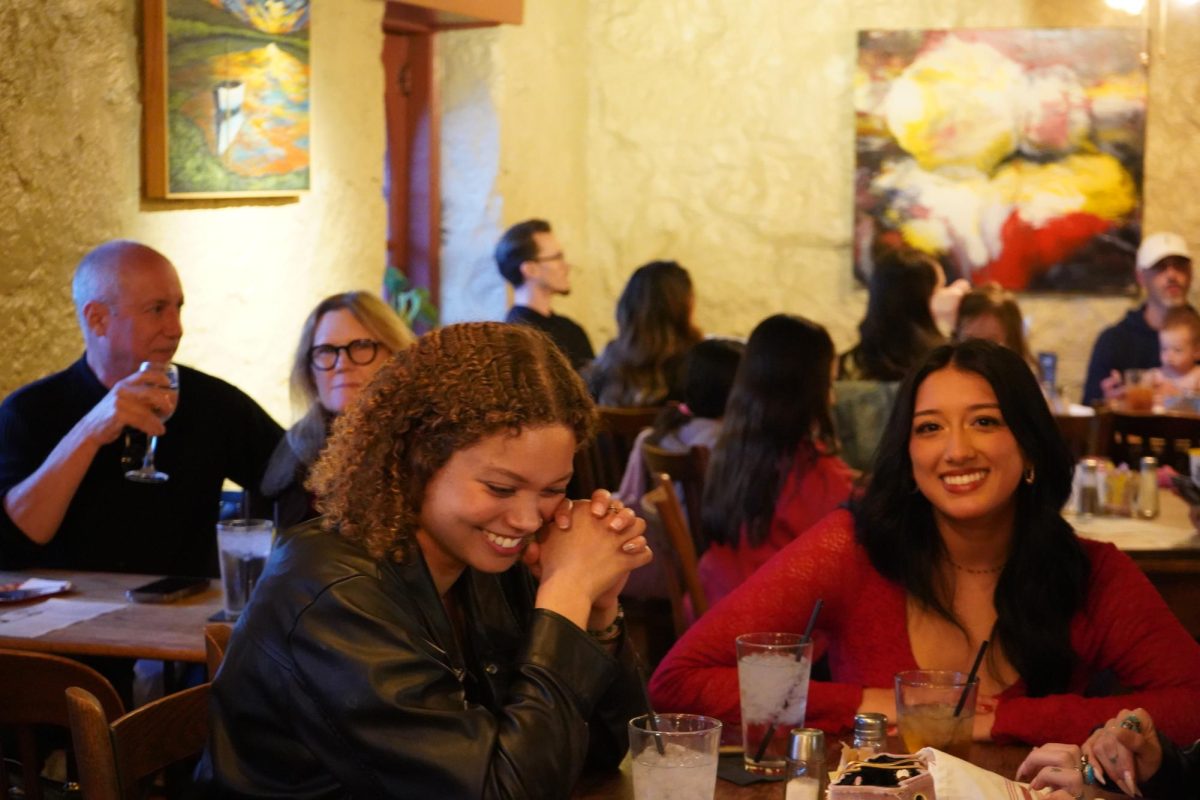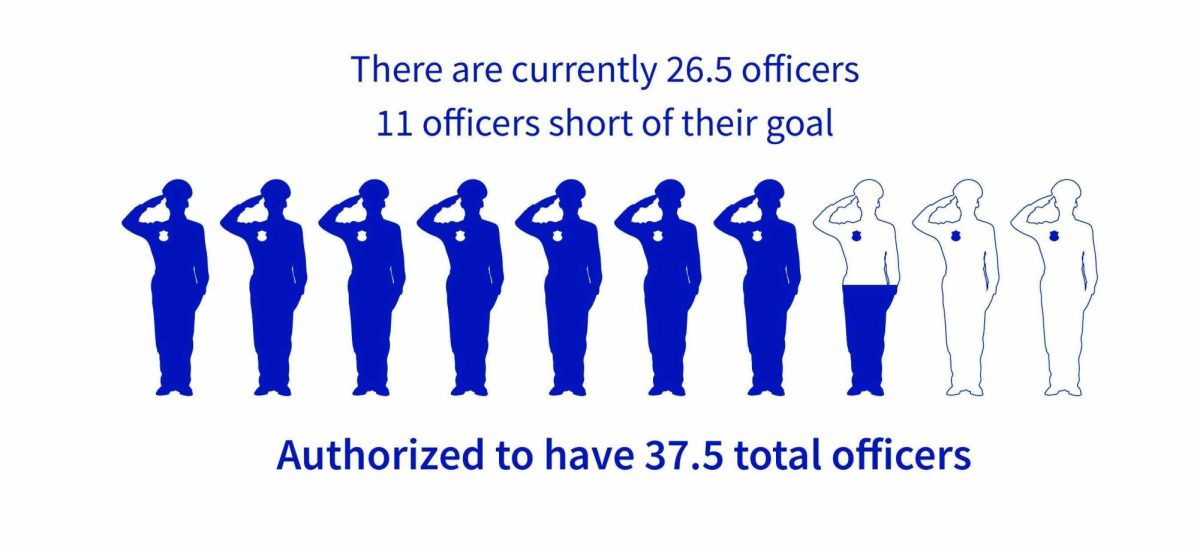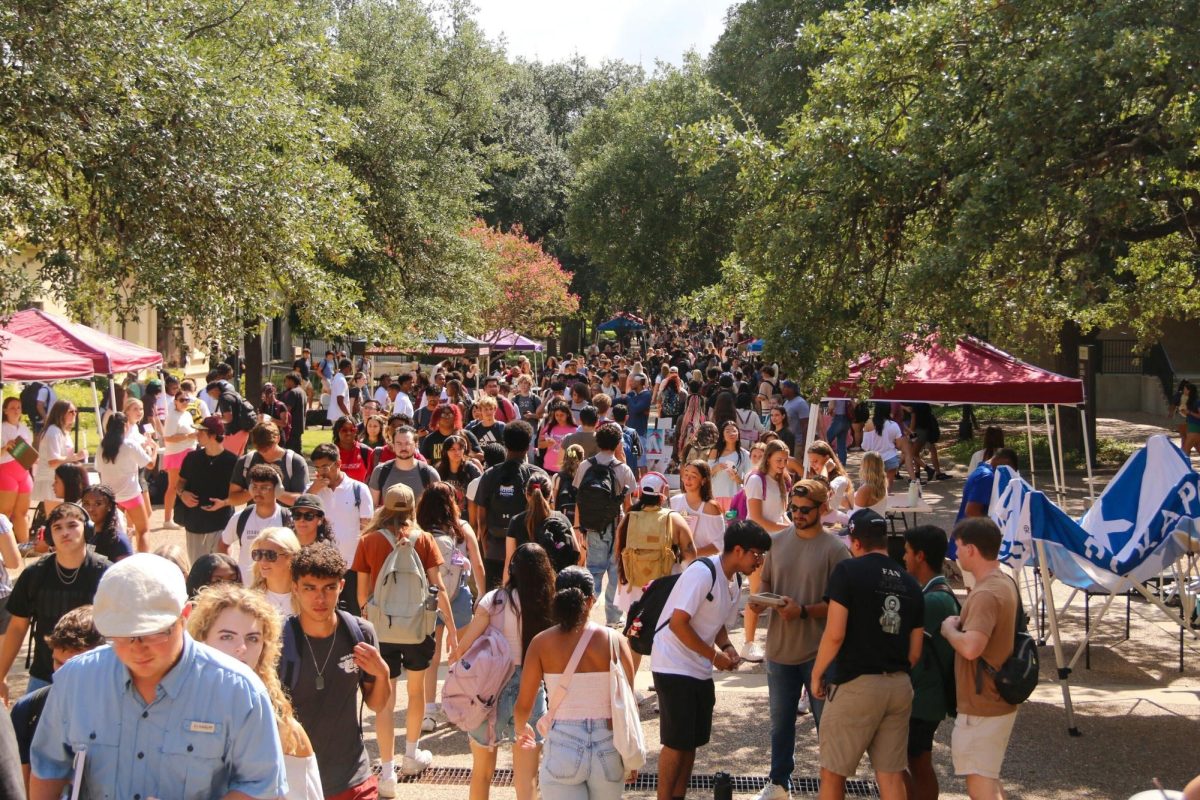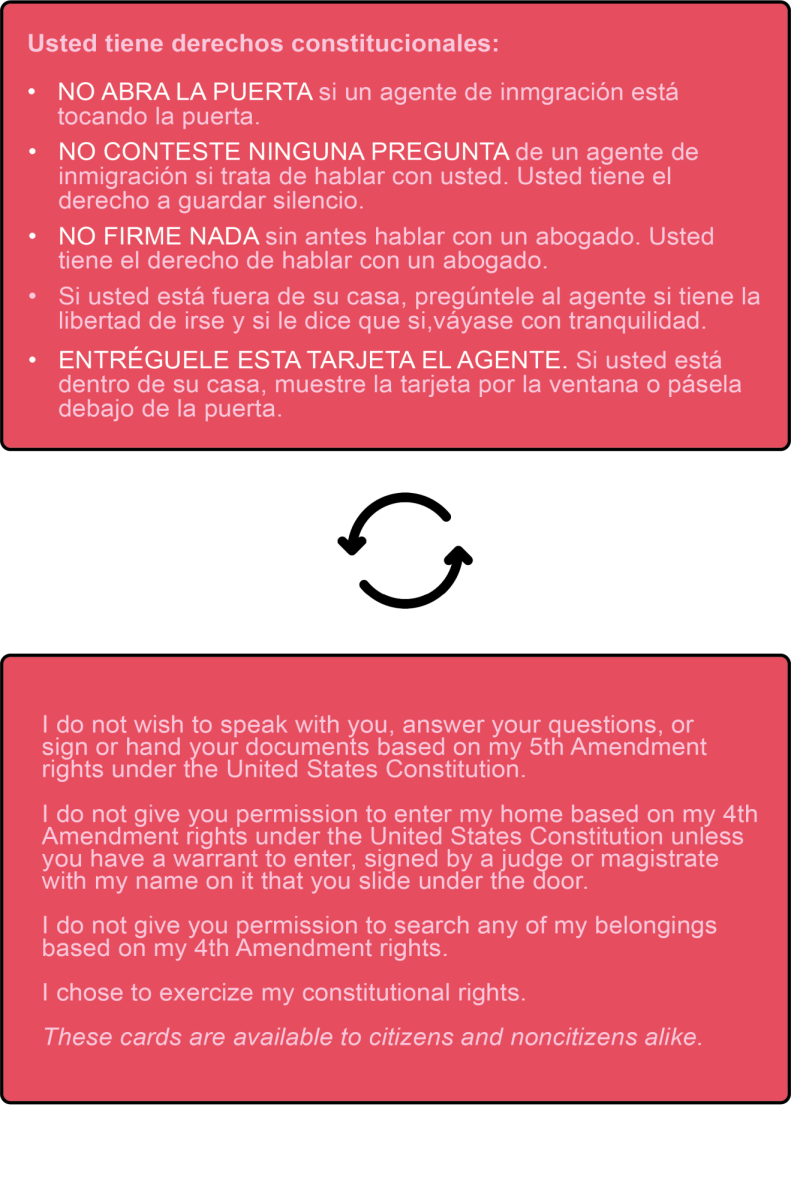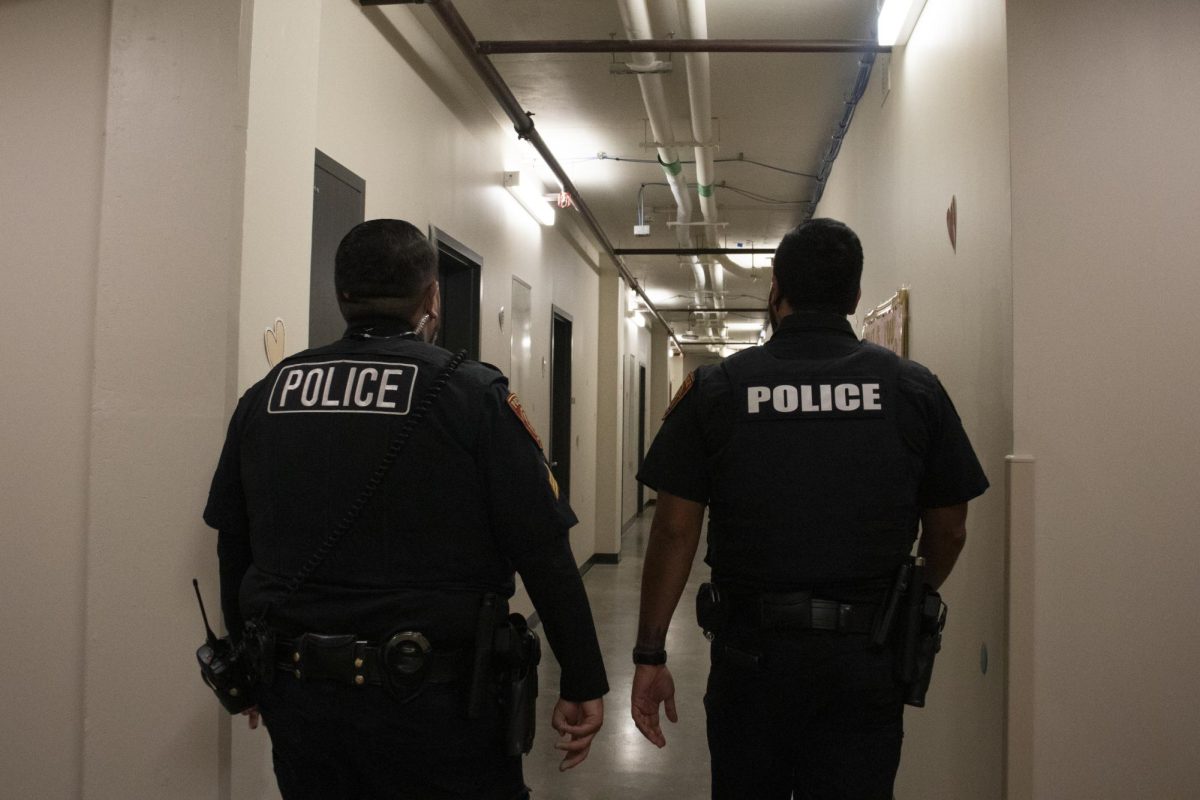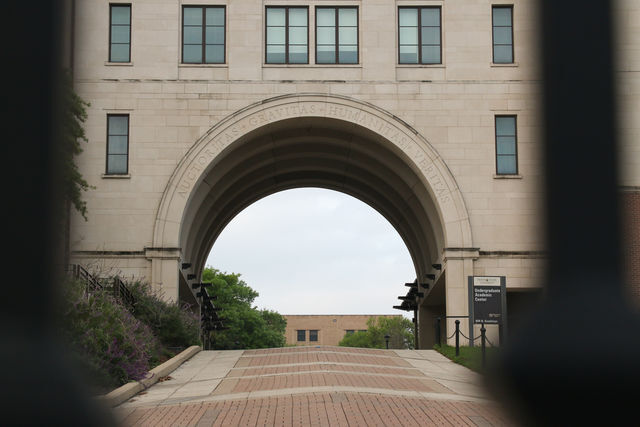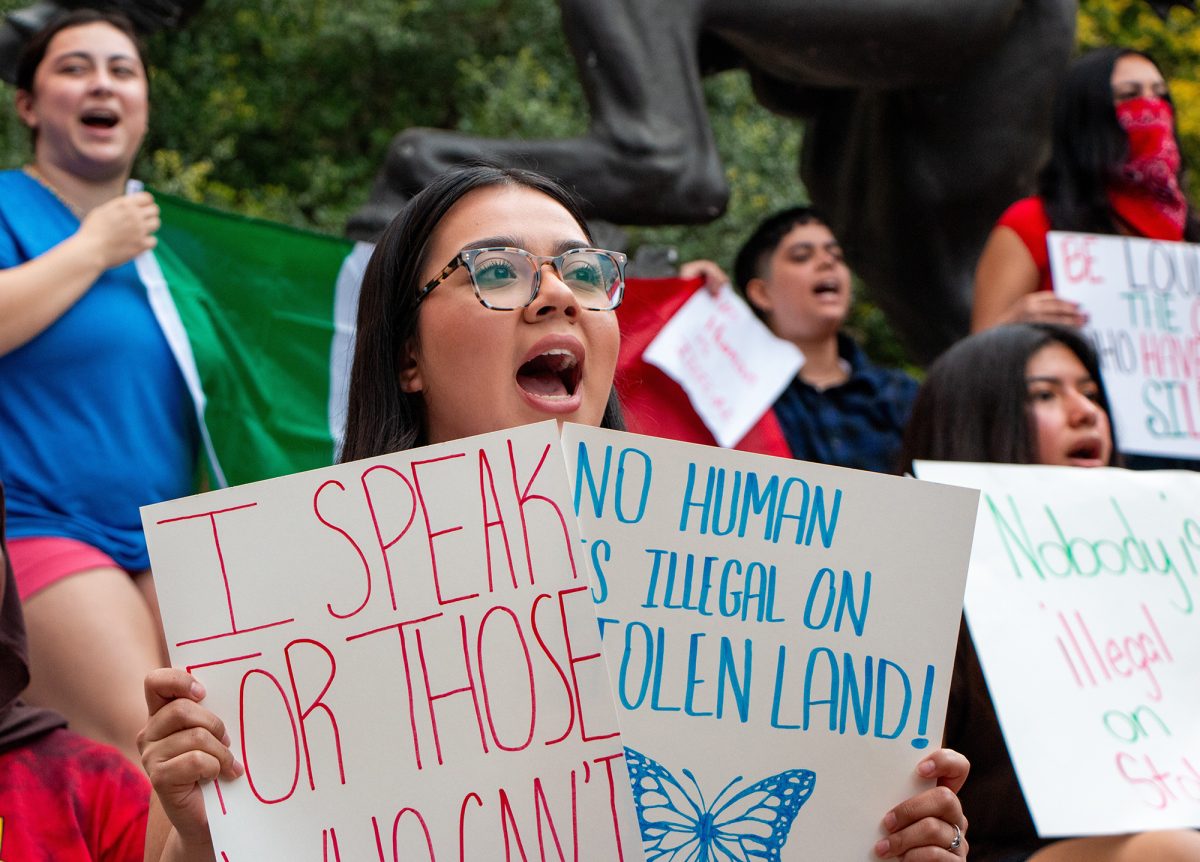As Texas State gets deeper into the fall semester, it will continue to depend on the campus community to exhibit responsibility and self-report COVID-19 cases.
Bobcat Trace, a web application, serves as Texas State’s official COVID-19 contact tracing system. According to the Student Health Center, the program’s goal is to track and notify individuals in the Texas State community who may have been in close contact with someone who tested positive for COVID-19.
The system is maintained by the Student Health Center and a group of 10 contact tracers trained through an online course by the Johns Hopkins Bloomberg School of Public Health. During the training course, participants learn methods of effective contact tracing and medical privacy protocols.
Participation in the contact tracing system is completely voluntary; Texas State does not have the authority to force anyone to divulge personal or sensitive medical information, nor are the identities of positive individuals revealed.
Dr. Emilio Carranco, Texas State’s chief medical officer, says the program has contacted and documented about 500 people in the tracing system. According to Carranco, the majority of people in the system are close contacts rather than positive cases.
“We have been able to respond to positive cases quickly. The fact that we have access to contact information for members of the campus community is helpful. The public doesn’t have that,” Carranco said. “In the public health arena, if they tried to contact trace students, they may have trouble contacting them without phone numbers and emails. That’s an advantage for the university.”
The system solely relies on students, faculty and staff to enter their information and follow the recommended procedures for quarantine in the event they are identified as a close contact or test positive.
Once a positive case is entered into the system, an email is sent to the reporter detailing the next steps that should be taken to prevent further spread. Tracers will then work with the reporter to gather information about recent close contacts, previously visited locations and infection periods to determine who needs to get notified.
Carranco says the first 24-48 hours after a case is reported positive is the best time to notify and quarantine close contacts because it yields the best chance of containing potential spread.
“If someone doesn’t get test results back in two or three days, we are missing the opportunity to help possible cases before they become infectious,” Carranco said. “Speed is very important. That means having a means of quick testing is important and having contact tracing that can be done in a timely way is very important.”
The reliance on user input comes with its limitations. According to Carranco, some students have failed to report to the system or have disregarded warnings given to them by the program. Incidents in which tracers have been unable to reach close contacts within the 24-48 hour window have also been reported.
Julie Eckert, assistant director at the Student Health Center, says tracers are able to get a hold of most close contacts by phone. Those who do not answer phone calls are warned by an automatic email sent by Bobcat Trace.
“It’s the close contacts that are harder to get to because there’s more of them,” Eckert said. “We’re adding more staff in order to make sure that we can speak to every single one of them as quickly as we can. It’s the best that we can do when it’s a voluntary program.”
Texas State’s method of contact tracing is similar to those of other Texas universities. At the University of Houston, a voluntary contact tracing system was implemented to aid the school’s community as it continues with face-to-face instruction. Its contact tracing system works much like Texas State’s system: Tracers involved are trained through a course, and the system relies on self-reporting from students, faculty and staff.
Some universities have similar working procedures but are aided by those outside their health center’s contact tracers. The University of Texas at Austin’s director of Media Relations, J.B. Bird, says the university’s contact tracing team is made up of 10 full-time contact tracers assisted by outside volunteers. At Texas A&M University, the school formed a COVID-19 Investigation Operations Center with the Brazos County Health District.
Shawn Lindsey, director of media relations at the University of Houston, says procedures for identifying and stopping the spread of COVID-19 are only useful if the community follows safety guidelines.
“An effective contact tracing program requires trust so that members of our community continue to be forthcoming and accurate in the information they share,” Lindsey said. “We want to reassure students that contact tracing is used to prevent further transmission of COVID-19. They are not in trouble, and we don’t want them to be fearful of the process.”
Texas State’s Student Health Center hopes to add more tracers to Bobcat Trace and increase the program’s effectiveness. More tracers working within the system means more close contacts can be notified.
“We want to be able to talk to every single close contact, so that’s why we’re hiring more people as we speak,” Eckert said. “We have hundreds of [people in Bobcat Trace]. Positives all get called within usually 24 to 48 hours, but sometimes we aren’t always able to get in contact with them.”
To report a positive case to the Student Health Center’s contact tracers, visit the Bobcat Trace website.
Individuals concerned about possible exposure to COVID-19 are encouraged to contact their healthcare provider or the Hays County Local Health Department at 512.393.5520. For additional information about COVID-19, visit the Texas Department of State Health Services or the Centers for Disease Control website.
The University Star’s COVID-19 coverage can be found here.
Categories:
The workings of Texas State’s contact tracing program
September 21, 2020
Bobcat Trace is a web application maintained by the Student Health Center to track potential and positive COVID-19 cases on campus. Those in the Texas State community voluntarily self-report whether they were in close contact with an individual who tested positive for COVID-19, if an individual tested positive and/or who an individual who tested positive may have had contact with. Photo credit: Liliana Perez
0
Donate to The University Star
Your donation will support the student journalists of Texas State University. Your contribution will allow us to purchase equipment and cover our annual website hosting costs.
More to Discover


